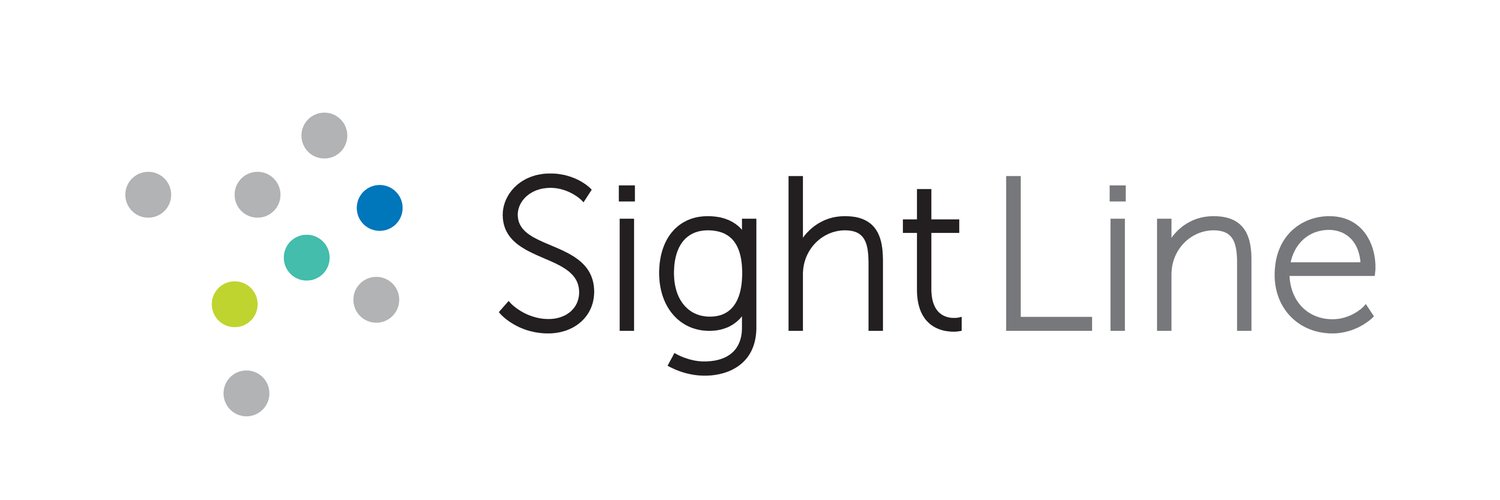The Impact of Tuition Resets
For college and university leaders, enrollment is top of mind this time of year as we wait for new census numbers. The 2023-24 academic year will be an interesting year to keep an eye on enrollment trends and student perspectives.
THE STATE OF THE MARKET
During Fall 2022, enrollment declined by 1.1% compared to Fall 2021 enrollment numbers. This is closer to the pre-pandemic enrollment declines that were expected, although these results were certainly not desired. First year freshman enrollment declined in all four-year sectors ranging from highly selective private institutions to public flagship universities. This continual decline has led more colleges and universities than ever to consider or implement a price freeze or a complete tuition reset.
Sallie Mae’s annual national study of How America Pays for College revealed that 86% of students eliminated colleges from consideration based on cost alone after being admitted but before receiving financial aid letters. This is a strong indication that many colleges have priced themselves out of the market and a price reset should be under consideration.
Some current institutions implementing price resets include Colby-Sawyer College, Bridgewater College, Lasell University, Indiana University of Pennsylvania, Washington and Jefferson College, and SightLine customer Roosevelt University. A handful of colleges and universities have gone before them and few, if any, have maintained long term enrollment or revenue gains.
KEY PERSPECTIVES FROM HIGHER-ED LEADERS
A 2019 article from Inside Higher Ed gathered perspectives from experienced higher education leaders. Justin Draeger, President and CEO of the National Association of Student Financial Aid Administrators indicated that some institutions may be considering a price reset but are waiting for evidence of successful executions. He said,
I had a lot of conversations with colleges about it over the last several years, but very few have jumped in with both feet and actually pulled the trigger.
Angel B. Perez, CEO of the National Association for College Admission and Counseling, had a similarly skeptical sentiment. He indicated that some schools went out with a big price reset announcement that may not have been received in the way that it was intended. Cutting tuition may be sending the message that there is a significant financial issue at the school.
An RNL Assistant VP wrote a 2019 article on key considerations for deciding when and how to roll out a price reset, many of which the SightLine team strongly agrees with. But the concluding statement is that,
tuition resets should be explored as a component of a brand awareness campaign with a price component rather than as a price strategy with a promotional campaign.
This sentiment is where SightLine’s perspective differs. We believe that students and parents see through this as a marketing ploy and it comes off as ingenuine. The public is aware of the financial and enrollment challenges across higher education. Our research has found the top predictor of individual student enrollment to almost always be the total out-of-pocket cost to the student. If we are addressing a financial problem for families pursuing education, the solution should be a financial or pricing strategy combined with a promotional and communications campaign to support the new financial direction of the school.
SIGHTLINE’S RECOMMENDATIONS FOR A PRICE RESET
Prior to implementing a price reset, we recommend starting with a full competitive marketplace analysis. This is critical to benchmark your institution’s enrollment yield, pricing, retention, and student success trends, as compared to direct competitors. This assessment of the market will help your team decide whether a price reset should be considered, and then set a competitive published price to outpace the market trends, while fitting with brand and the broader vision for the institution.
Most schools that have implemented a price reset have on average maintained the net price for most students. It is clear that even a price reset will not improve enrollment yield rates in the longer term because the most important driver for individual student enrollment is net price. Many price resets in the market have been approached as a short-term marketing and awareness strategy, rather than addressing the underlying financial needs for the students.
We believe that price resets for many schools that are already maxing out their discount rates could have a huge impact on the long-term health of the school. But we must be honest that the goal is to truly address a financial challenge and develop a financial solution that most benefits the students, rather than just a top of funnel marketing and awareness campaign.
In the end, the true market drivers for higher education are parents and students. What is most important to them will be revealed and the value of a degree will continue to be set by real student outcomes. The market for education is opening up, with more opportunities for education than ever before. It is critical for colleges and universities to differentiate and focus on the value they are providing their students.
Thinking about a price change? We’d love to chat! Contact us here to request an initial consultation.
